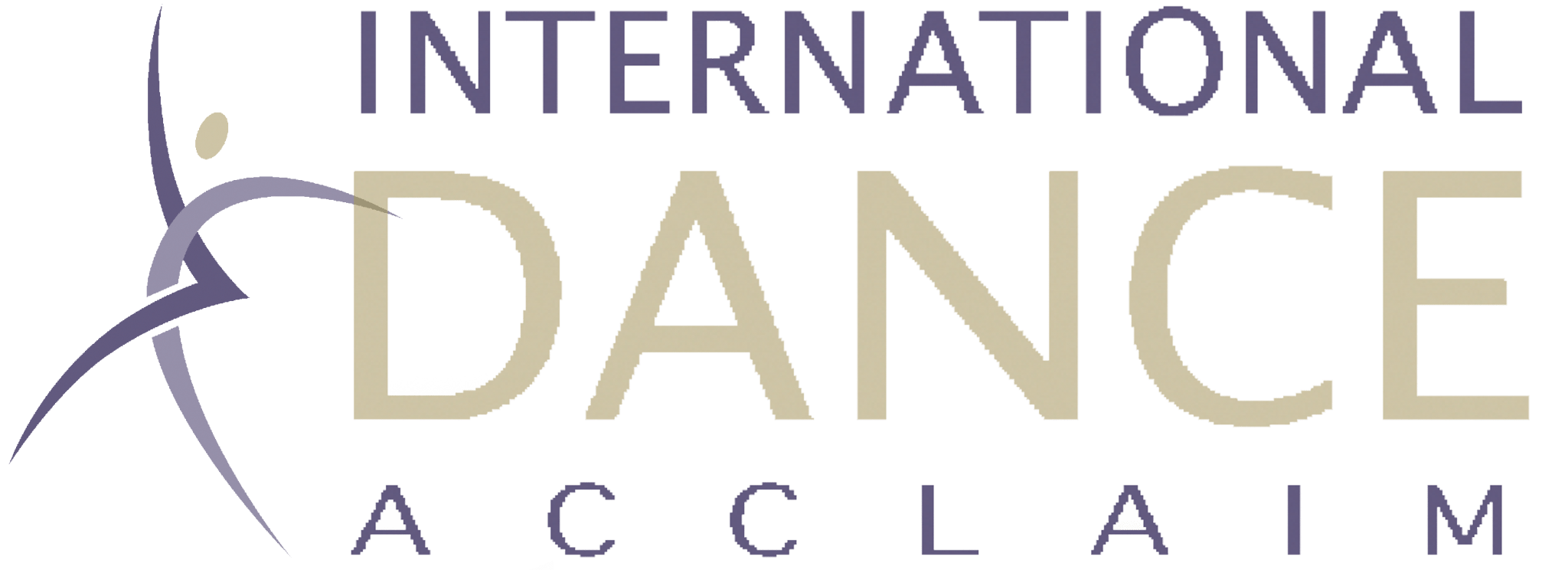It started with a question.
How can we help dancers grow, feel proud, and stay motivated through performance and personal achievement?
For years, we taught at studios, mentored teachers, and judged exams. We saw how motivated students could be when they had a goal, a performance, an evaluation, a chance to shine. But we also saw something else: stress, burnout, tears over missed marks, and talented dancers quitting not because they lacked skill but because they didn’t love the pressure.
We believed there had to be a better way.
We didn’t want more trophies. We wanted more growth.
While traditional dance pathways can be exciting and motivating, they often leave students feeling judged, ranked, or behind. And these pathways aren’t ideal for every dancer or every studio.
We wanted a system where:
- Every dancer leaves feeling proud
- Every teacher feels supported
- Every studio has structure with flexibility
That’s when we created International Dance Acclaim (IDA).
What Makes IDA Different?
Instead of comparative grading, we offer celebration. Instead of broad comparisons, we offer personalized feedback. Instead of rigid syllabi, we offer a flexible curriculum that supports your teaching, not replaces it.
IDA is a performance-based ballet and tap program designed to motivate, celebrate, and educate through a supportive framework.
Students perform tiered exercises and solos for a professional adjudicator in a supportive, showcase-style event. Then they receive a medal, a certificate, and most importantly, encouraging, growth-oriented feedback.
Why Teachers Love It
- A tiered, progressive curriculum for ballet and tap
- Over 300 instructional videos
- Original music by acclaimed ballet pianist Steven Mitchell
- Easy-to-follow lesson structure for every level
- Monthly Technique Talks webinars for ongoing support
Whether you’ve been teaching for decades or just started last fall, IDA gives you tools that work without dictating your style or method.
Why Students (and Parents) Love It
Kids want to feel progress. Parents want to see it.
The IDA program creates structure, goal-setting, and celebration through individual accomplishment. Whether it’s a 5-year-old taking their first bow or a teen working on artistry, every dancer gets to perform and feel recognized.
And for parents, an IDA event shows them exactly what their child has accomplished without costumes, chaos, or the pressure of competition.
Achievement Through Performance
IDA exists because we believe:
- Dancers grow through performance
- Feedback should encourage, not discourage
- Structure creates freedom in the studio
- Every dancer deserves a moment to shine
If you’ve ever felt that your students needed something more to foster their growth and passion for dance, IDA might be exactly what you’ve been looking for.
Want to chat about how it could work for your studio? Book a 15-minute call with us here
Thanks for being part of a community that puts dancers first.
With gratitude,
Rebecca Tsivkin
Director, International Dance Acclaim

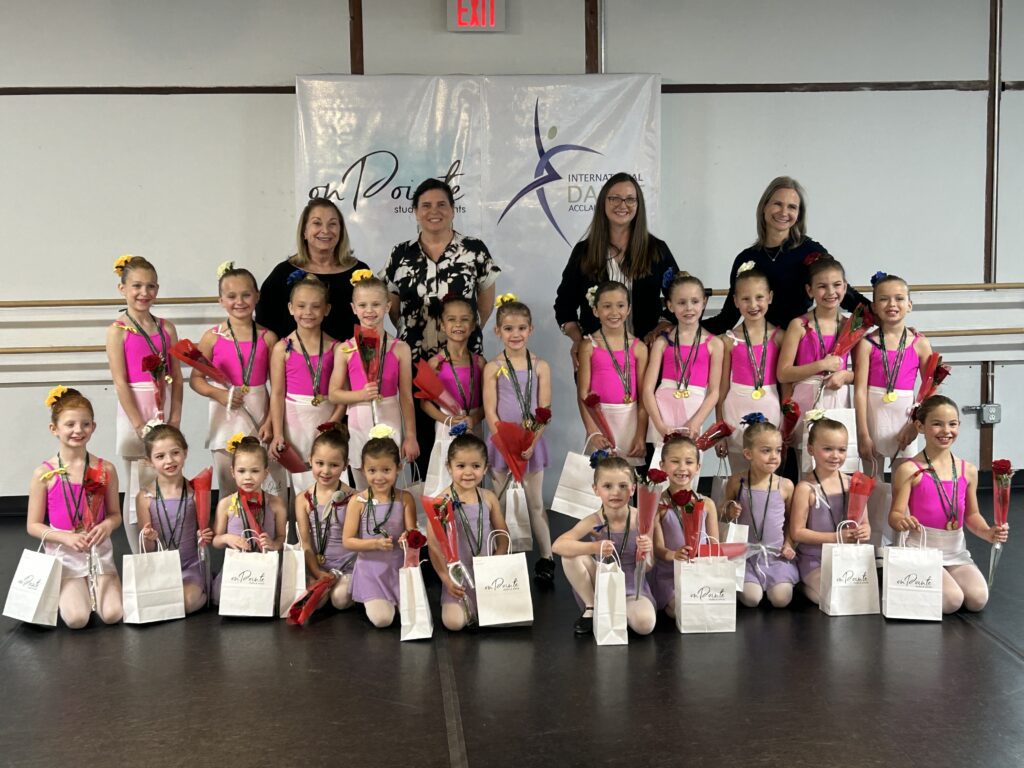
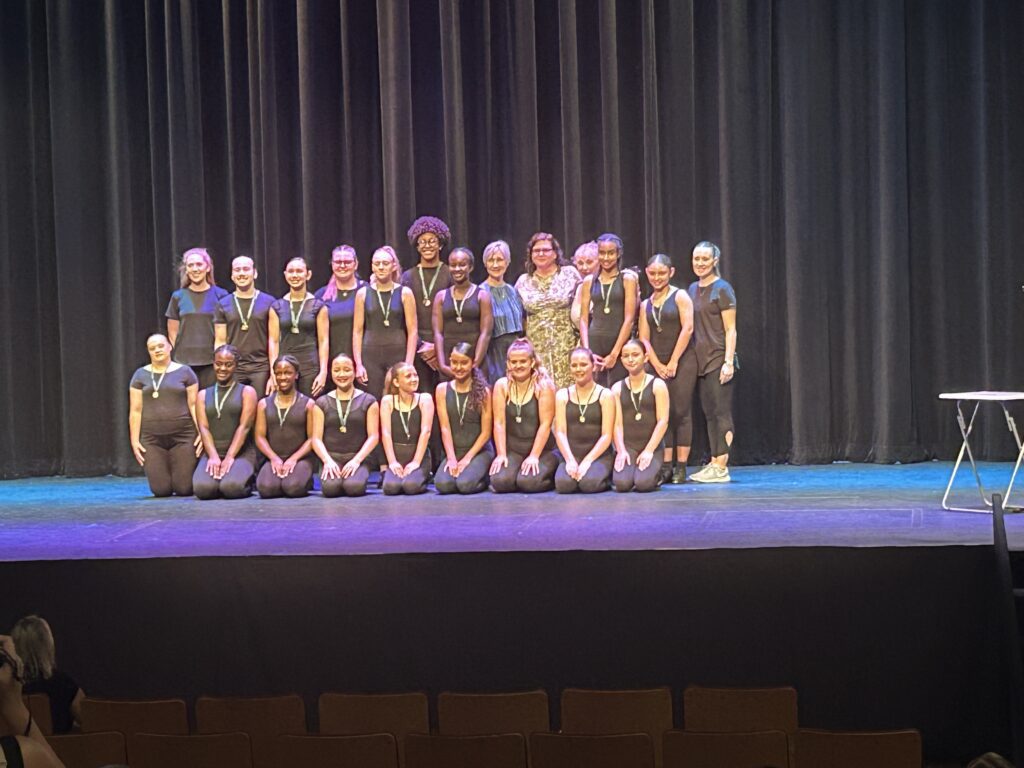
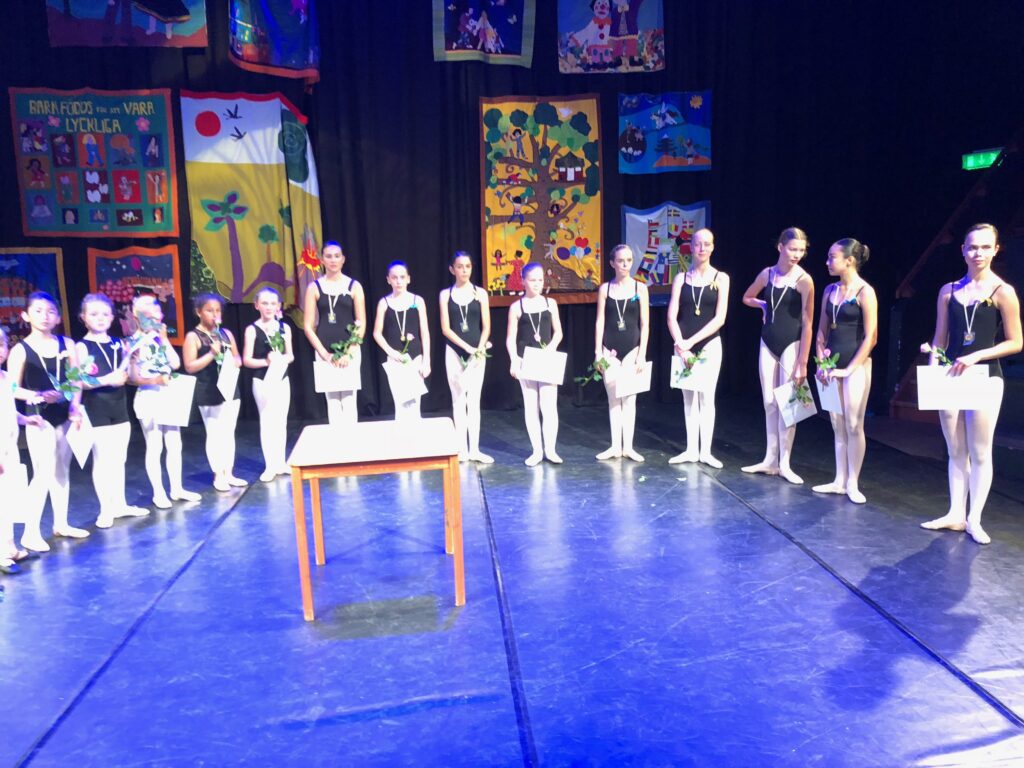
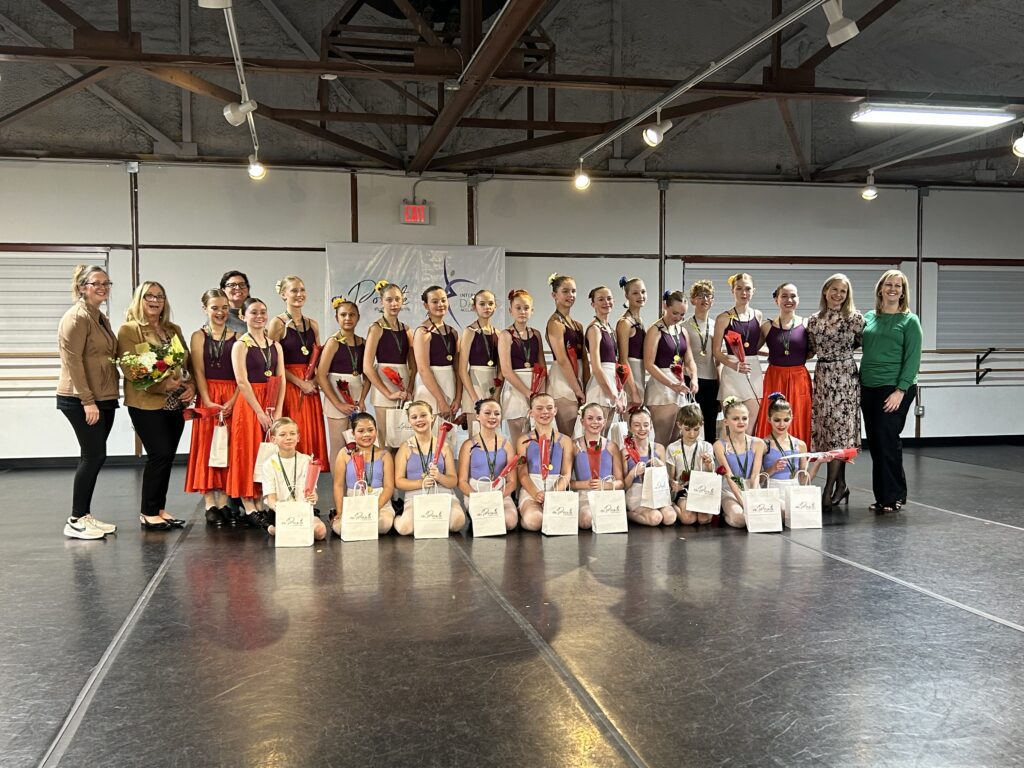

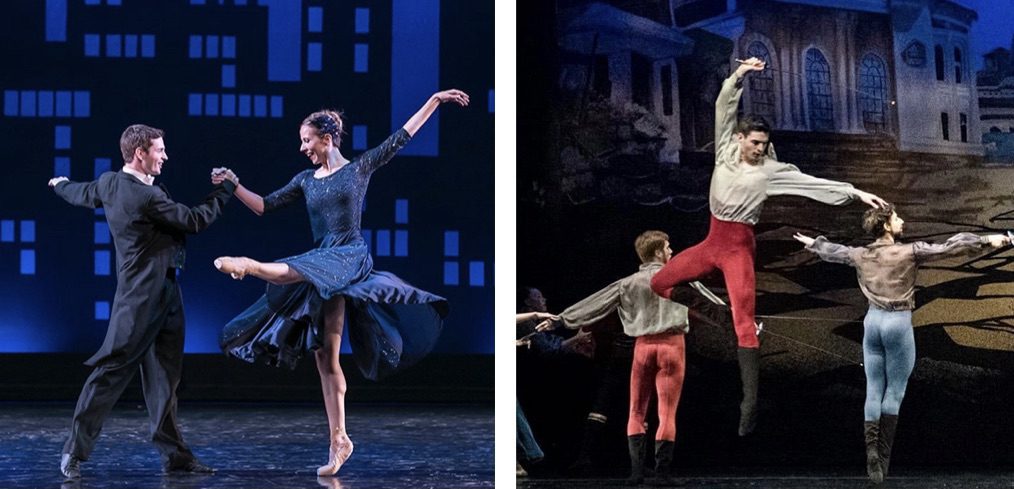

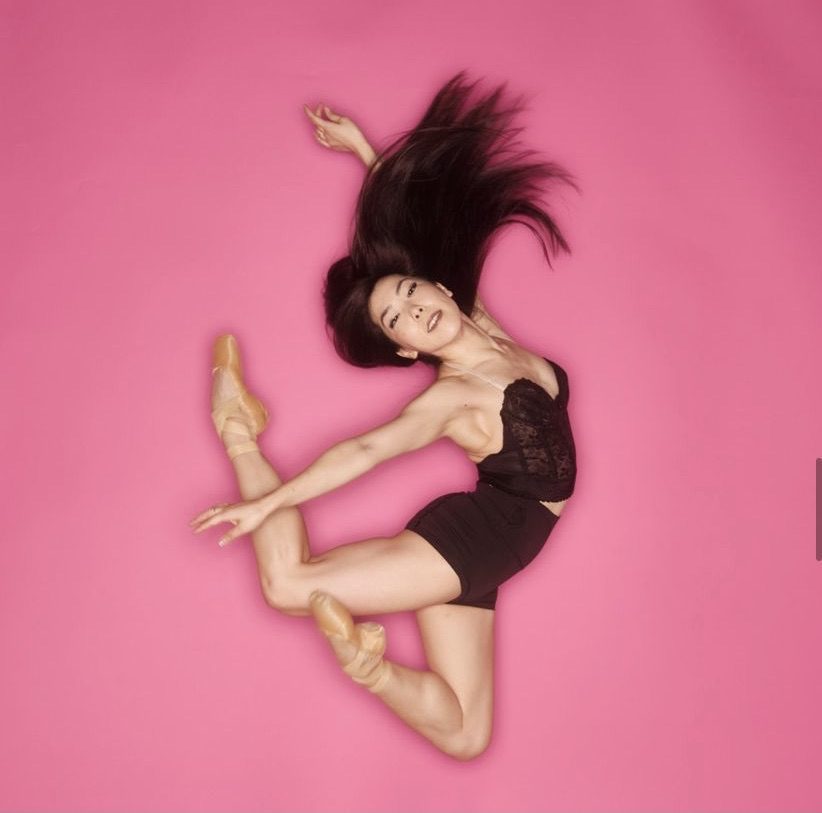

 Dance Steps
Dance Steps